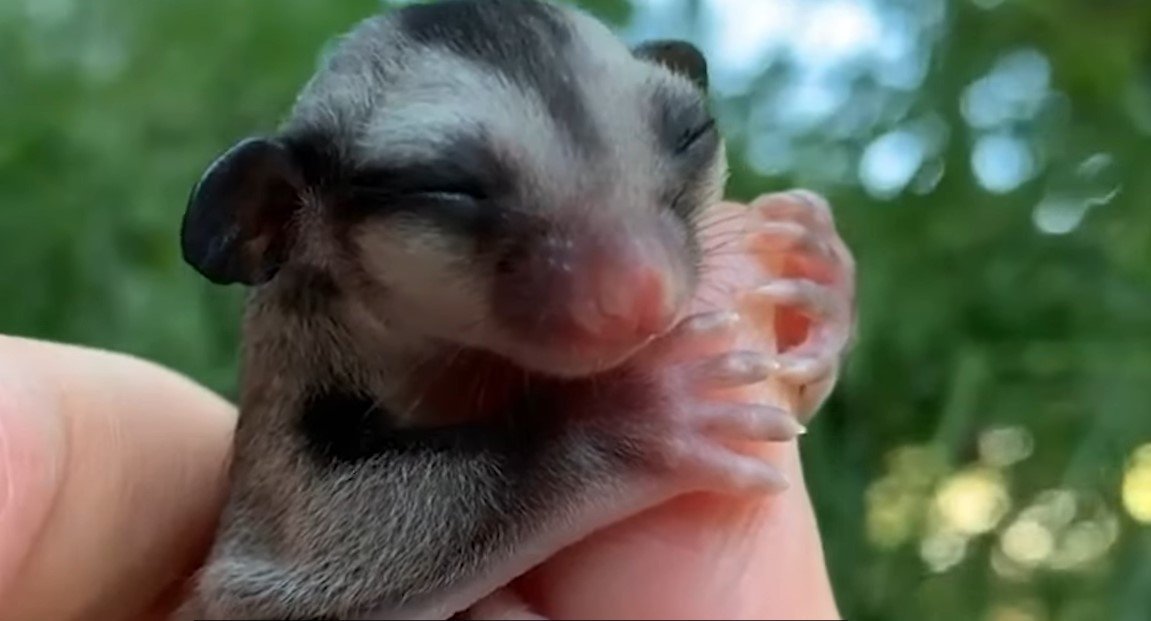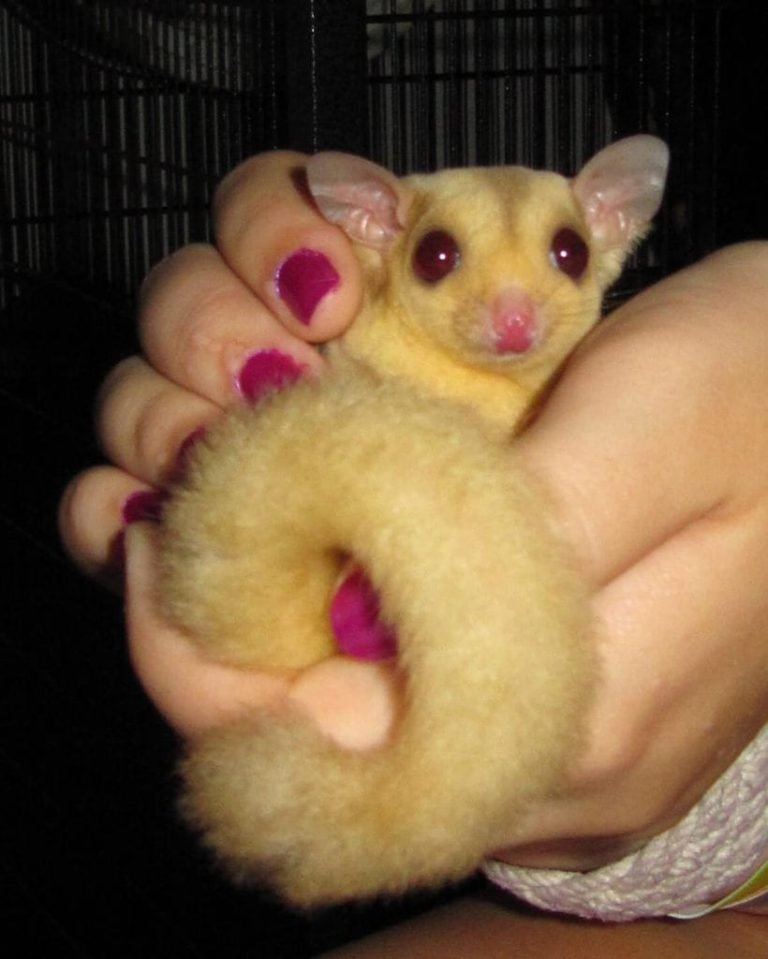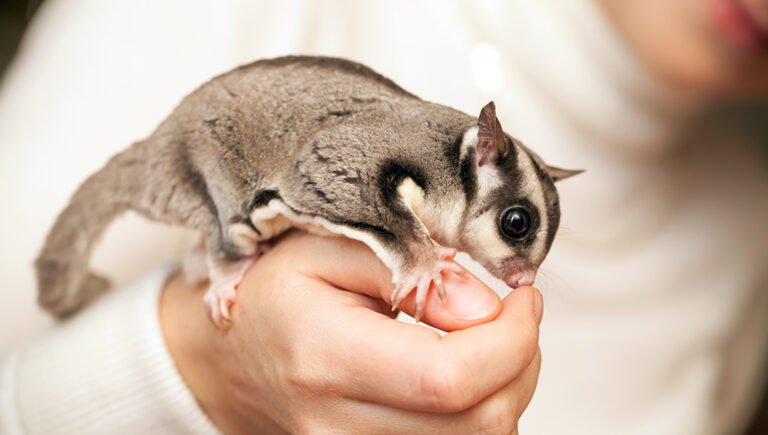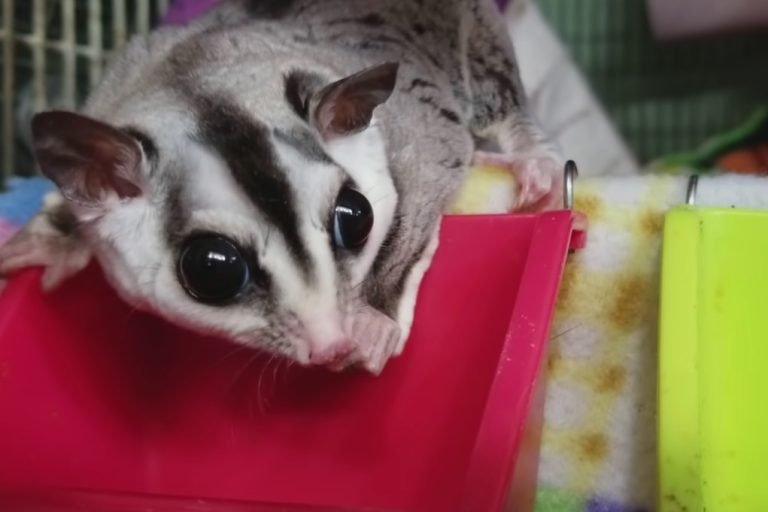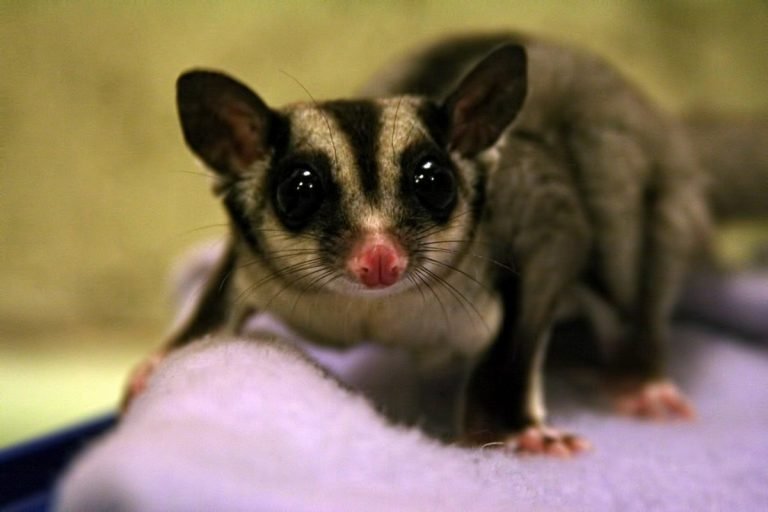What Do Sugar Gliders Need To Survive
What Do Sugar Gliders Need to Survive: A Comprehensive Guide to Optimal Care
Have you ever heard of sugar gliders? These adorable little creatures are native to Australia, Indonesia, and New Guinea. They are known for their unique ability to glide through the air, thanks to a membrane of skin called a patagium that stretches from their wrists to their ankles. But what do sugar gliders need to survive? In this article, we will explore the essential requirements for keeping sugar gliders happy and healthy.
Habitat
The first and most crucial thing that sugar gliders need to survive is a suitable habitat. In the wild, sugar gliders live in the trees, so they require a tall cage with plenty of vertical space. A cage with dimensions of at least 24 inches wide, 24 inches deep, and 36 inches tall is recommended. Make sure the cage is made of wire mesh with spacing that prevents escape.
Inside the cage, provide a variety of perches, branches, and ropes for them to climb and glide on. Sugar gliders are highly active and need plenty of physical stimulation to remain happy. You can also include hammocks or pouches for them to sleep and rest in during the day.
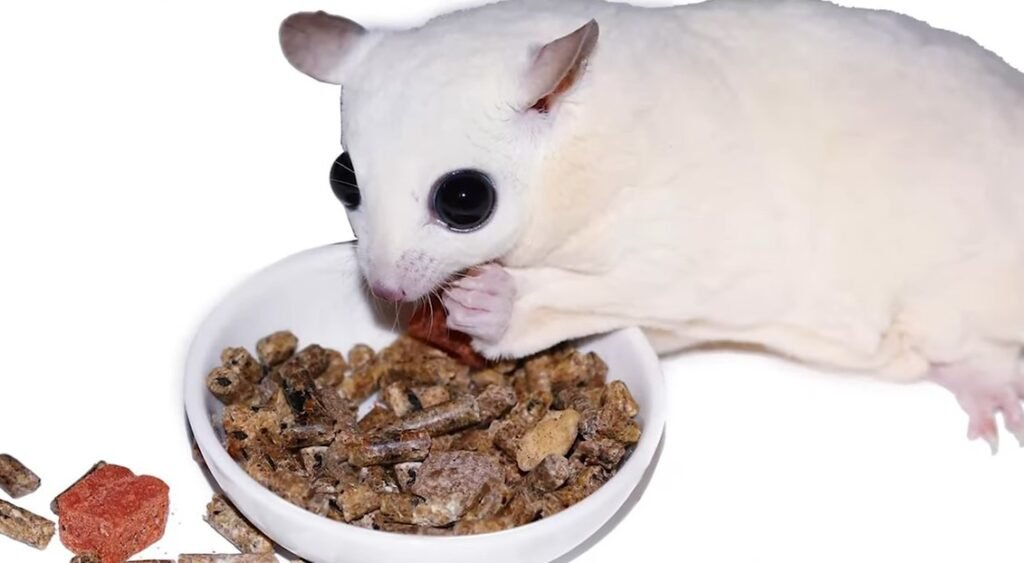
Diet
A balanced diet is essential for the health of sugar gliders. In the wild, they primarily feed on nectar, sap, fruit, insects, and small vertebrates. To mimic their natural diet, a combination of fresh fruits and vegetables, a high-quality pellet or glider-specific food, and protein sources like mealworms or crickets should be provided.
Some safe fruits for sugar gliders include apples, pears, grapes, and melons. Avoid feeding them citrus fruits or any fruits with pits or seeds that can be toxic to them. Leafy greens and vegetables like kale, spinach, and carrots can also be offered in small quantities.
Environmental Enrichment
Sugar gliders are highly social animals and thrive in environments that provide plenty of mental stimulation. Providing environmental enrichment is crucial for their overall well-being. This can include a variety of toys, such as shredded paper, small balls, and puzzle feeders that encourage foraging behaviors.
Additionally, social interaction is essential for sugar gliders. They are colony animals and should be kept in pairs or small groups to avoid loneliness and depression. Spending time with your sugar gliders, playing, handling, and bonding with them is crucial for their emotional health.
Temperature and Humidity
In the wild, sugar gliders are accustomed to warm and humid climates. To provide them with a comfortable environment, maintain a temperature between 70-80°F (21-27°C) and a humidity level of 40-50%.
To achieve the right level of humidity, you can use a reptile humidifier or a small humidifier designed for small enclosed spaces. It’s important to monitor and maintain appropriate temperature and humidity levels to prevent respiratory issues and dehydration in sugar gliders.
Veterinary Care
Just like any other pets, sugar gliders require regular veterinary care to ensure their health and well-being. Find a veterinarian who specializes in exotic pets or has experience with sugar gliders.
Regular check-ups, vaccinations, and fecal tests are necessary to monitor their overall health and prevent diseases. Your vet can also provide guidance on diet, enrichment, and general care specific to sugar gliders.
Frequently Asked Questions
1.Can sugar gliders be kept as solitary pets?
While it is possible to keep a single sugar glider as a pet, they are highly social animals and will thrive with the companionship of other gliders. They form strong bonds with their cage mates and benefit greatly from the social interaction.
2.What kind of bedding should I use?
Avoid using cedar or pine bedding, as the aromatic oils in these types of wood can be harmful to sugar gliders. Opt for safer bedding options such as shredded paper, aspen shavings, or fleece liners.
3.How long do sugar gliders live?
With proper care, sugar gliders can live up to 12-15 years in captivity. Providing them with a balanced diet, regular veterinary care, and a stimulating environment will help ensure their longevity.
Final Thoughts
Keeping sugar gliders as pets can be a rewarding experience. These unique creatures require specialized care to thrive in captivity. By providing them with a suitable habitat, a balanced diet, environmental enrichment, appropriate temperature and humidity, and regular veterinary care, you can ensure that your sugar gliders lead a happy and healthy life. Remember, they are social animals, so it’s essential to keep them in pairs or small groups to meet their social needs. With the right care and attention, sugar gliders can make wonderful companions for many years to come.

